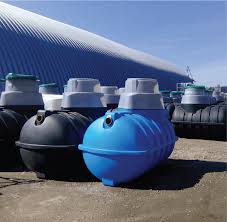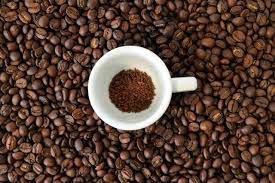Rotational molding is a production approach useful for developing hollow plastic-type products. It calls for rotating a mildew around two perpendicular axes to distribute the plastic fabric evenly through the entire mildew. The end result can be a resilient, substantial-high quality plastic material product with consistent walls fullness – a stark comparison to traditional producing methods. When rotationally molded plastics are made and constructed carefully, they may last for years and add visual entice any merchandise.
The entire process of Rotational Molding begins with the development of a mildew – a hollow cavity using the preferred form of this product. The mold will be loaded with plastic material resin powder, usually made out of polyethylene (PE), which is among the most commonly utilized materials in rotational molding. Up coming, the mildew is heated up, and while it’s still very hot, it’s rotated on two perpendicular axes. The centrifugal pressure made from the rotation distributes the plastic-type material substance evenly through the entire mold.
One of several defining features from the rotational molding process is its flexibility. Virtually any design or scale of plastic material product or service can be created using rotational molding. From huge tanks to modest health-related units, the procedure is well suited for developing goods with complicated styles or features that might be impossible with some other plastic-type material producing tactics.
In terms of the grade of the producing plastic-type material merchandise, rotational molding offers quite a bit to provide. The process produces goods with extremely uniform wall density – a characteristic that’s typically critical for stress-displaying or tension-delicate applications. Furthermore, rotational molding can make products with intricate styles and undercuts – capabilities that boost their functionality and cosmetic attraction.
One of many advantages of rotational molding is it provides for the addition of preservatives in the plastic substance in the developing procedure. Chemicals like UV stabilizers, antimicrobials or flame retardants can boost the attributes of your resulting plastic-type material merchandise, making these items more durable and long-long lasting. Additionally, since the plastic-type material materials used in rotational molding are comparatively cheap, the ensuing items are usually relatively inexpensive too.
In a nutshell:
Rotational molding is probably not as typical as other plastic-type developing processes like injection molding, but that doesn’t mean it’s any much less beneficial. When rotational molding is used to make plastic material items, the end result is really a strong, durable, high-quality product that can last for years. From big tanks to small health care products, the versatility of the process ensures that rotational molding enables you to make just about any product or service. With the ability to consist of artificial additives inside the plastic fabric through the manufacturing procedure, rotational shaped goods could also have enhanced properties and sturdiness. If you’re searching for a developing method to make good quality plastic material products, take a close up take a look at rotational molding.



